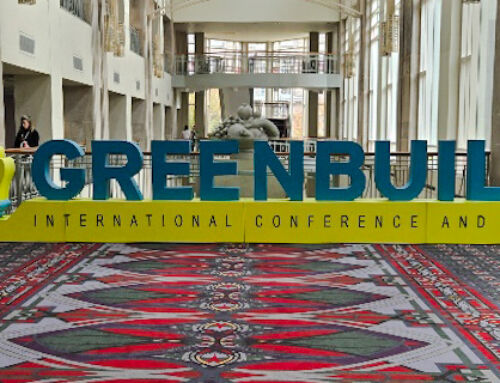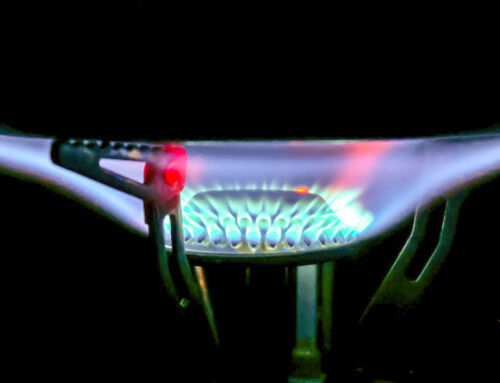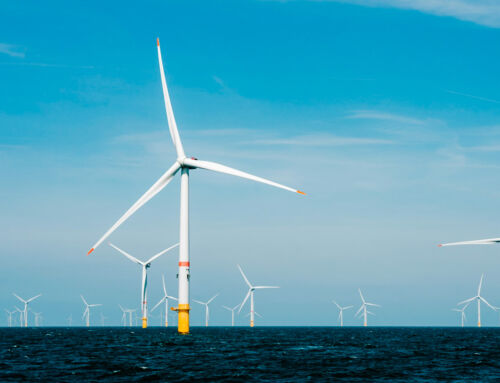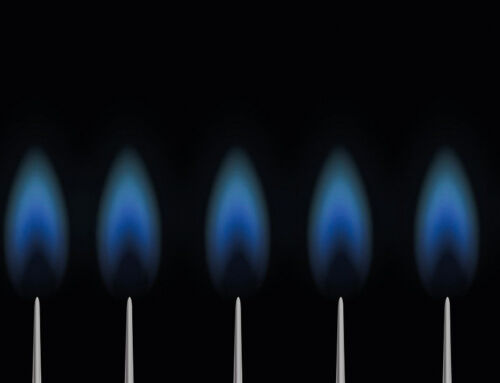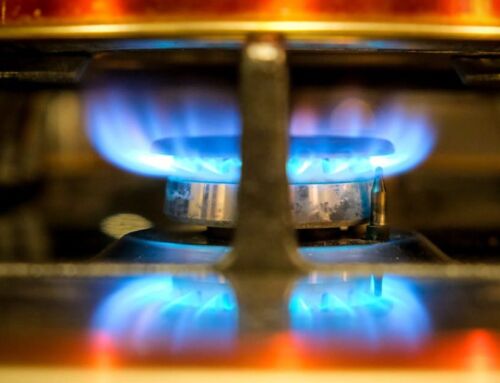View by Topic
Recent Articles
-
29 Billion Square Feet of LEED Certified Space and CountingSaturday, November 16th, 2024
-
Voters Save Gas Stoves from Government Ban Portending More ..Saturday, November 9th, 2024
-
Ocean City and Others File Lawsuit to Reverse Offshore Wind ApprovalThursday, October 31st, 2024
-
Lawsuit Challenges D.C. Gas Appliance Ban and Net Zero Building CodeSaturday, October 26th, 2024
-
Lawsuit Charges Montgomery County Gas Appliance Ban is Preempted and VoidFriday, October 18th, 2024
View by Month/Year
“Green Building Law Update” Headlines
Recent Articles & News from
Stuart Kaplow’s blog
at GreenBuildingLawUpdate.com
- Transforming the Built Environment: LEED Green Building Hits 29 Billion Square Feet November 17, 2024
- Gas Stoves Saved: Washington Voters Reject All Electric Building Mandates November 10, 2024
- Maryland Offshore Wind Project Faces Legal Storm from Coastal Communities November 3, 2024
- Legal Showdown in DC: Lawsuit Challenges Gas Appliance Ban as Preempted October 27, 2024
Subscribe to the Green Building Law Update!
Stuart Kaplow brings his expertise and extensive experience to the table with his unique digital publication, "Green Building Law Update". Subscribers receive regular updates to keep them informed about important issues surrounding Environmental Law, Green Building & Real Estate Law, as well as the emerging demand for Environmental Social Governance (ESG).
Get fresh content through the lense of Stuart Kaplow's cutting-edge expertise, innovative commentary and insider perspective. Don't miss another issue! Subscribe below.
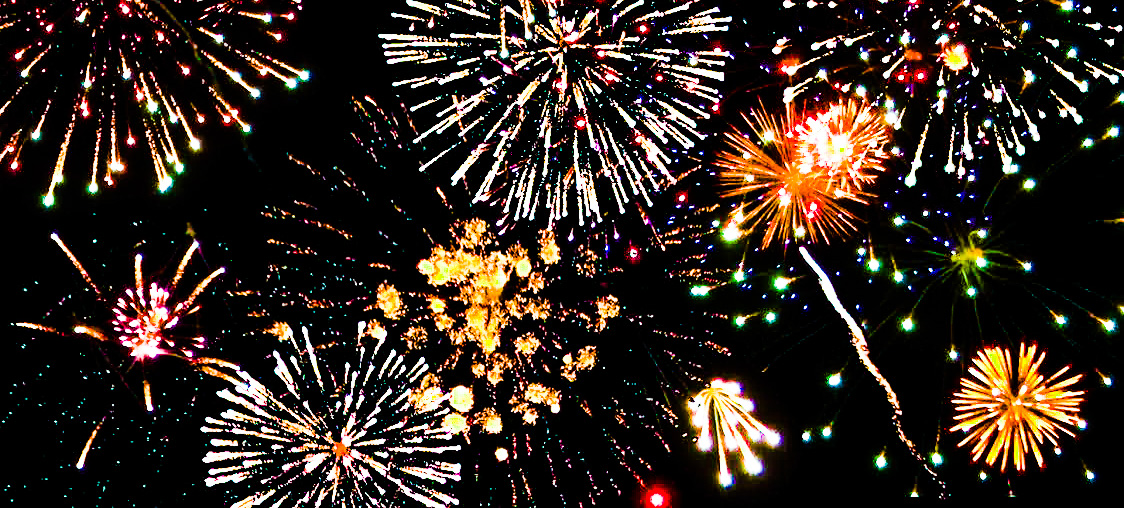
Fireworks Cause Air Pollution But
In a very good example of striking the right balance between environmental protection and celebratory festivities, despite that fireworks degrade air quality with particulate matter, in the United States we have decided that the pyrotechnic show must go on.
Fireworks have a storied history in the United States best articulated in a July 3, 1776 letter from John Adams to his wife Abigail about the festivities to celebrate Independence Day,
It ought to be solemnized with Pomp and Parade, with Shews, Games, Sports, Guns, Bells, Bonfires and Illuminations from one End of this Continent to the other from this Time forward forever more.
But that historic passage does not explain the skyrocketing popularity of fireworks, on Independence Day, on New Year’s Eve and for many other celebrations. Today, Americans are exploding almost one pound of fireworks each year for every man, woman and child, up from only just one-tenth of a pound annually in 1976, the bicentennial year.
There is actually little environmental regulation for the setting off of thousands of little explosions at a modern fireworks display.
In most states those who handle fireworks are regulated for safety by a state fire marshall who issue permits including of “firework shooters, explosive blasters, explosive manufacturing, and explosive sales.” In many locales individual fireworks displays do not even require a permit.
But fireworks are an undeniable source of fine particulate matter, particles that are less than two and one half microns in diameter. And it is heavy metals, including lead, mercury salts, copper, aluminum, and barium that give fireworks their colors.
However, despite the apparent irrefutable facts, all of this is very temporary and a recent NOAA study verifies there is a surge in fine particulate matter on the evening of July 4 (albeit at only 10 of 315 air quality monitoring stations nationwide). Levels drop back down by noon on July 5, according to the research. The increases are largest from 9 – 10 p.m. on the holiday.
As result of complex chemical reactions resulting from combustion, the miniscule quantities of metals are largely aerosolized at altitude and dispersed high in the sky having no effect on people.
And not to let reality get in the way of government regulation, the Environmental Protection Agency does offer guidance on particle pollution,
Most people will have no reaction when exposed to .. .. Some individuals are more sensitive than others, including possibly infants and children, individuals with respiratory conditions or allergies and asthma, ..
As a practical matter many people who are sensitive to particle pollution heed the EPA recommendation to limit their exposure by watching fireworks from upwind or as far away as possible.
Areas that exceed EPA’s particulate matter standards are known as “nonattainment areas.” Each state is required to develop a State Implementation Plan for how they will control air pollution, including particulate matter, within their jurisdiction. “Wildfires, high winds, volcanoes and fireworks” (.. a list that could only exist in a government regulation or a cognitive ability test for the term that does not belong) each are exempted from being calculated for the purposes of a State Plan under the (Obama era) 2016 Exceptional Events Rule (41 CFR 50.14),
Fireworks displays. The Administrator shall exclude data from use in determinations of exceedances and violations where a State demonstrates to the Administrator’s satisfaction that emissions from fireworks displays caused a specific air pollution concentration in excess of one or more national ambient air quality standards at a particular air quality monitoring location and otherwise satisfies the requirements of this section. Such data will be treated in the same manner as exceptional events under this rule, provided a State demonstrates that such use of fireworks is significantly integral to traditional national, ethnic, or other cultural events including, but not limited to, July Fourth celebrations that satisfy the requirements of this section.
To see how this operates, see the Rose Park, Utah Fireworks Exception Event Report, prepared under an earlier version of the rule.
Such rational rule making is a good thing because fireworks are simply not a public health concern.
In the event there is harm, there is nothing in this regulatory scheme that precludes an actual damaged (e.g., embers igniting a roof) party from seeking judicial redress.
This is a good result. Fireworks have a longstanding and proper place in our nation’s celebrations. Fireworks do contribute to air pollution, but only very modestly over a few hours each year. Environmental regulation of this space would not serve the public good. As a New Year’s resolution for 2018, the regulatory balancing act displayed here should be repeated in other instances.





